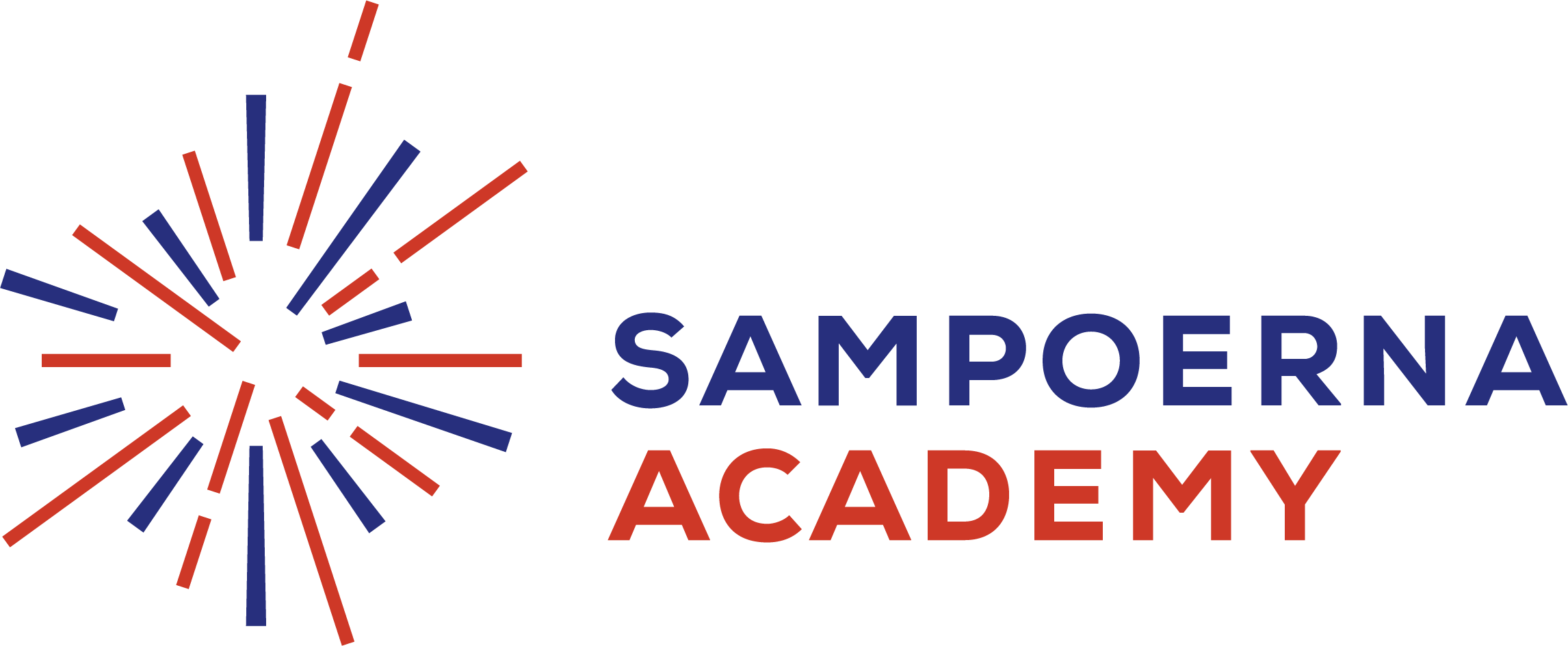The IRS and most developed countries require that transactions between related parties occur at “an arm’s-length price”—that is, the same price at which unrelated parties would transact. They will also include references to other relevant information, such as currency rates, payment amount, and the nature of the transaction. BlackLine Magazine provides daily updates on everything from companies that have transformed F&A to new regulations that are coming to disrupt your day, week, and month.
- Standardize, accelerate, and centrally manage accounting processes – from month-end close tasks to PBC checklists – with hierarchical task lists, role-based workflows, and real-time dashboards.
- Timely, reliable data is critical for decision-making and reporting throughout the M&A lifecycle.
- Sure, companies do try to perform this process manually or by using Excel spreadsheets.
- Periodic internal audits act as an additional layer of oversight, ensuring that your reconciliation process is not just functional but effective.
- Go beyond with end-to-end transformation.Powerful technology is only part of the story.
Intercompany reconciliation is the verification of transactions that take place between two units or subsidiaries of the same parent company. Our global network includes leading consulting and technology organizations that enable us to deliver exceptional solutions to our shared clients. It’s time to embrace modern accounting technology to save time, reduce risk, and create capacity to focus your time on what matters most.
Downstream intercompany transactions
The monthly process may already feel overwhelming and like it’s too much to handle. BUt, tracking transactions continuously will actually end up alleviating the burden of having to deal with so much gross and net tax shield valuation at once. Note that you normally need to use different data sources for B/S accounts reconciliation and P&L accounts reconciliation, as they have different fiscal year period parameter settings.
- While that can be a lot to ask of your team if they are expected to do everything by hand, you can instead leverage a finance automation solution that can manage the process for you.
- Drive accuracy in the financial close by providing a streamlined method to substantiate your balance sheet.
- System and process complexity can result in misalignment of intercompany balances that need to be resolved in order to prepare accurate consolidated financial statements.
While the responsibility to maintain compliance stretches across the organization, F&A has a critical role in ensuring compliance with financial rules and regulations. Together with expanding roles, new expectations from stakeholders, and evolving regulatory requirements, these demands can place unsustainable strain on finance and accounting functions. F&A leadership can have a significant impact by creating sustainable, scalable processes that can support the business before, during, and long after the IPO. This company-wide effort crosses multiple functional areas and is reinforced by critical project management and a strong technology infrastructure.
Inter company reconciliation
Exchange rate differences can also be an issue for international companies. Global and regional advisory and consulting firms bring deep finance domain expertise, process transformation leadership, and shared passion for customer value creation to our joint customers. Our consulting partners help guide large enterprise and midsize organizations undergoing digital transformation by maximizing and accelerating value from BlackLine’s solutions. Your success is our success.From onboarding to financial operations excellence, our customer success management team helps you unlock measurable value. Through workshops, webinars, digital success options, tips and tricks, and more, you will develop leading-practice processes and strategies to propel your organization forward.
Switch to Continuous Close
Transform your accounts receivable processes with intelligent AR automation that delivers value across your business. NetSuite has packaged the experience gained from tens of thousands of worldwide deployments over two decades into a set of leading practices that pave a clear path to success and are proven to deliver rapid business value. With NetSuite, you go live in a predictable timeframe — smart, stepped implementations begin with sales and span the entire customer lifecycle, so there’s continuity from sales to services to support.
Intelligent Reconciliation Solution
An example of upstream intercompany transactions can be the transfer of a business executive to the parent company for a particular time frame who charges hourly. In this scenario, the profit and loss will be shared by the majority and minority stakeholders of the subsidiary. Intercompany receivables occur when one subsidiary provides resources to another within the same parent company. Just like intercompany payables, all intercompany receivables need to be eliminated in the final consolidated financial statement. Intercompany reconciliation, at its core, is a verification process for transactions among various subsidiaries of a parent organization. It’s akin to standard account reconciliation but focuses on reconciling transactions between different entities within the company.
However, you must understand how they work so that you can better troubleshoot any problems that might arise during your organization’s financial reporting cycle. Intercompany reconciliation becomes a severe issue in terms of efficiency, resource, accuracy, and risk management as the number of organizations and subsidiaries grows. A company that follows standard workflow, and executes all intercompany reconciliations in a precise sequence eases the process.
PwC refers to the US member firm or one of its subsidiaries or affiliates, and may sometimes refer to the PwC network. This content is for general information purposes only, and should not be used as a substitute for consultation with professional advisors. 4) The ability to store all Accounts Payable (AR) and Accounts Receivable (AP) items, combined with reporting capabilities, provides auditors and management with an invaluable view of the entire intercompany position and its evolution. 1) At month’s end, every subsidiary AND corporate accounting saves a significant amount of time and money.
Regulatory Reporting Data Sheet
Centralize, streamline, and automate intercompany reconciliations and dispute management.Seamlessly integrate with all intercompany systems and data sources. Automatically identify intercompany exceptions and underlying transactions causing out-of-balances with rules-based solutions to resolve discrepancies quickly. A typical reconciliation process of organizations is- daily, weekly, and monthly, depending on the number of transactions recorded in that period. This process eliminates intercompany transactions and ensures that the financial statements are accurate.
How do you do intercompany journal entries?
Streamline and automate detail-heavy reconciliations, such as bank reconciliations, credit card matching, intercompany reconciliations, and invoice-to-PO matching all in one centralized workspace. There are critical areas in an organization where global policies should be established such as data management, foreign exchange and currency, and transfer pricing. An intercompany journal entry records debits and credits to be posted to ledger accounts for transactions between two subsidiaries. Intercompany journal entries adjust the value of any set of accounts without entering transactions such as invoices or bills. Subsequently policies are in place (and controlled), the suitable personnel will require training, from the top of the Accounting hierarchy to the bottom.




